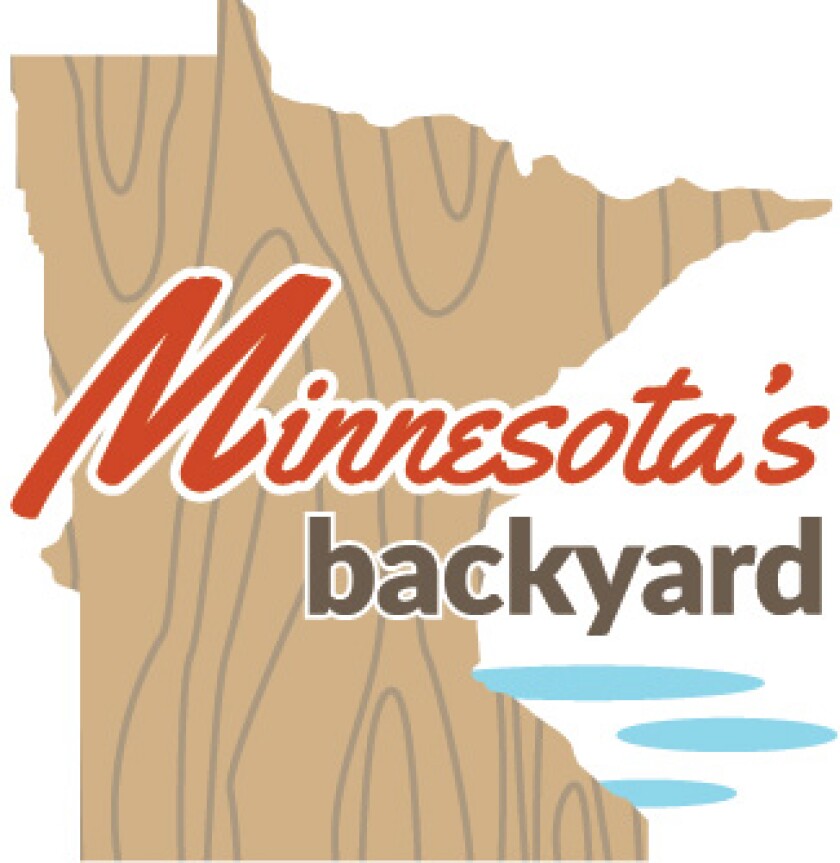LUVERNE, Minn. -- For many who live in Chicago and Milwaukee, their first-hand image of Minnesota is quite different from the lakes and pines depicted on the local license plates. Each summer, residents of Wisconsin and Illinois by the thousands traverse I-90 along the southern edge of Minnesota on their way to visit the Black Hills. They get to know this state as a place of river bluffs, rolling farmland and pheasant-filled prairie on the way across the seemingly endless hours of South Dakota flatlands to see Mount Rushmore, Wall Drug, the Badlands and the roaming bison of Custer State Park.
While Minnesota does not boast a pharmacy with a western art gallery in it or famous people’s heads carved into a mountainside, at the risk of giving away a secret treat, there is better bison viewing to be had five hours closer, at Blue Mounds State Park .
In non-pandemic times, Blue Mounds offers a "Jurassic Park"-style truck tour in a specially-designed 12-seat vehicle which gets visitors up close to the local bison herd safely. The truck tours have been on hiatus due to COVID-19, but there is still wildlife viewing to be had on-site.
ADVERTISEMENT
“The bison are still out there. You have to stand on the perimeter of the fence, instead of inside it, but if you’re willing to get out and hike, you can still find the herd and see them fairly close,” said Chris Ingebretsen, the park manager.
The most southwesterly of Minnesota’s 74 state parks and recreation areas, Blue Mounds is a far poke from the desert southwest, but it is one of the rare places in Minnesota where prickly pear cactus grows and blooms. The park is in Rock County, which is one of just four counties in Minnesota without a natural lake, so the attractions here are centered around the rolling tallgrass prairie, stunning rock cliffs and the ancient creatures that have called them their home for centuries.
The park offers 73 drive-in campsites and 14 walk-in campsites, and even has two tipis that accommodate up to six people, for a most unique night out on the prairie.
History happens
While unique to North America, the bison or buffalo are certainly not unique to Minnesota. This creature is pictured on the state flag in Kansas and Wyoming, is the mascot for colleges in Colorado, North Dakota and Washington, D.C., and is even the name of a prominent city in western New York. But in typical Minnesota fashion, there is proof that the bison at Blue Mounds are better than all the rest.
Over-hunting by European settlers and explorers pushed the bison nearly to the brink of extinction in the 1860s, and what animals survived the massacres were often cross-bred with cattle just to ensure that the species survived. Today, the bison herd at Blue Mounds, which varies in size from roughly 65 animals in the winter to around 100 in the summer, after calves are born, is free of cattle genetics.
“Today we’ve got the opportunity to breed cattle back out of bison, and that’s one of the things we’re doing here is ensuring the bison that are brought into this herd are free of cattle genetics,” Ingebretsen said. “We’re trying to grow that genetic source by establishing other herds across Minnesota, working with partners like the Minnesota Zoo and others.”
ADVERTISEMENT
Second-best thing
While the bison are the main attraction at Blue Mounds, the park was named for the two-mile-long ridge that runs north-south through the park. To settlers traveling west, the cliffs that are 100 feet high could be seen for miles and appeared blue in the distance, hence the name Blue Mounds.
Today that cliff attracts rock climbers from all across the region who scale and rappel the rock face while protecting the natural resources.
“It provides some of the only rock climbing opportunities in southwest Minnesota,” Ingebretsen said shortly after a late April rock climbing event that brought around 40 climbers to the park on a cloudy Saturday.
A free permit, good for one year, is needed to climb the colorful cliffs at Blue Mounds.

ADVERTISEMENT












